Steam Locomotive Additional Features
#1

Posted 30 December 2022 - 05:44 PM
Some of the requests whilst on the surface appearing relatively simple, are actually quite complex and require complicated algorithms to support them. However I am happy to consider undertaking some of the simpler features and attempting to implement them.
However I would need to set the following expectations:
i) I don't want to be bombarded with a laundry list of every desired feature, instead I would want to identify a small "self contained" piece of work to focus on. Once it is selected, then the focus would be on this feature until it is implemented.
ii) The challenge with adding any feature is having a well defined algorithm that is easy to implement. So the feature suggester would need to be prepared to work on researching and defining relevant algorithms for use in OR. They would also need to be prepared to do testing on them.
iii) Anything implemented would need to be able to be implemented on any similar locomotive.
To start with I would be prepared to look at either water variation on the grade, or locomotive boosters.
#2

Posted 02 January 2023 - 11:36 PM
I think the addition of locomotive boosters is an excellent idea. Here are some resources to get you started:
Excerpt from 1922 Locomotive Cyclopedia: Franklin Locomotive Booster (additional info on previous 2 pages)
Steam Locomotive dot Com -- Boosters
#3

Posted 03 January 2023 - 01:20 AM
 Traindude, on 02 January 2023 - 11:36 PM, said:
Traindude, on 02 January 2023 - 11:36 PM, said:
I think the addition of locomotive boosters is an excellent idea. Here are some resources to get you started:
Excerpt from 1922 Locomotive Cyclopedia: Franklin Locomotive Booster (additional info on previous 2 pages)
Steam Locomotive dot Com -- Boosters
Congratulations, given that you are the first to respond, it looks like the Booster will be the focus (I given no guarantee that it will be implemented, or the timeframe).
Just like when creating a model locomotive, we need a lot more information to accurately model the booster. For example, one of your references indicates that booster could be fitted to either the tender or the locomotive. Fitting it to the tender adds some additional complexity, as the effort needs to be spread across two cars, rather then across one car (ie the locomotive), My preference would be to only do the locomotive, how many tenders in real life had a booster fitted to them? I can't see the two pages that you reference in your first link, could you post them in a pdf file, or PM them to me.
It would be good to try and find some operation/maintenance manuals that have detailed specifications in them.
So to model it accurately we need to understand some of the following aspects:
i) How was it fitted to the locomotive?
ii) How was it controlled, what controls did the driver have, etc? Any automation?
iii) How did it generate the extra force? Was this variable or a fixed magnitude force? Operational graphs?
iv) Did it use steam, and if so what was the steam consumption? Was this variable with speed, driver application, etc? Were there different size units for different locomotives, and how were these specified? Operational graphs?
v) Other information to define it in detail?
If we proceed with this work, my preference would be to use the Niagara locomotive as our test model, as it had a booster fitted. See the articles on the NYC reference site indicated on my stock page. This would also be a good opportunity to update and review the ENG/WAG files for the Niagara.
#4

Posted 03 January 2023 - 01:27 AM
Is this booster not the same as a superheater?
Or is it a separate device like the turbocharger in cars?
Or a translation error?
Sincerely Laci1959
#5

Posted 03 January 2023 - 02:33 AM
 Weter, on 03 January 2023 - 01:41 AM, said:
Weter, on 03 January 2023 - 01:41 AM, said:
See here:
http://steamlocomoti...ces/booster.php
It's a small steam machine, in addition to main one.
Thanks.
This is interesting, new to me. We have never had anything like this, although the distances and proportions are different. It's also true that in the 50's, Stakhanovist locomotive drivers carried 2000 tons 500 kilometres in one service. True, the station reserve locomotive helped them to get going. And between certain stations they were given an unconnected pusher to help them overcome the gradients.
Laci 1959
#6

Posted 03 January 2023 - 03:17 AM
#7

Posted 03 January 2023 - 03:21 AM
Seen "Magistral" film?
But let's not litter in this thread :)
#8

Posted 03 January 2023 - 03:27 AM
I have some catching up to do with Peter's posts - I'm trying to help James with improving our environment at the moment. I'm pretty comfortable with steam physics - I could check the Niagra and update accordingly. I know Peter mentioned in another post about the tender dynamic coal loads - if the modeler didn't make the coal load a separate shape - we can't use freight animations to visually show the load state.
Boosters all the way as it will add an additional control and greater operational interest for steam locomotives.
I recall reading most of the common "Delta Trailing Trucks" in the US had boosters and they offered about 15,000 lbf of additional tractive effort. In one of the private chats a few of us have had regarding steam issues - I recall posting a document with a bit more detailed info on boosters - I'll see if I can find it again.
Many locomotives used the locomotive trailing bogie/truck for a booster - but - others used the tenders which will need side rods and some type of stack effect to exhaust the steam as well. I don't know if side rod animations will work on tenders - as it stands - but I can test that too - if we're really going down this road.
Delta Booster:
https://www.railwaywondersoftheworld.com/wpimages/wp90c4e304_05_06.jpg
Bethlehem Tender Booster:
http://www.modelrailroading.nl/collection/Y3/images/bethlehem-tender-booster.jpg
Quote
Here's something I put together a while ago while thinking about this:
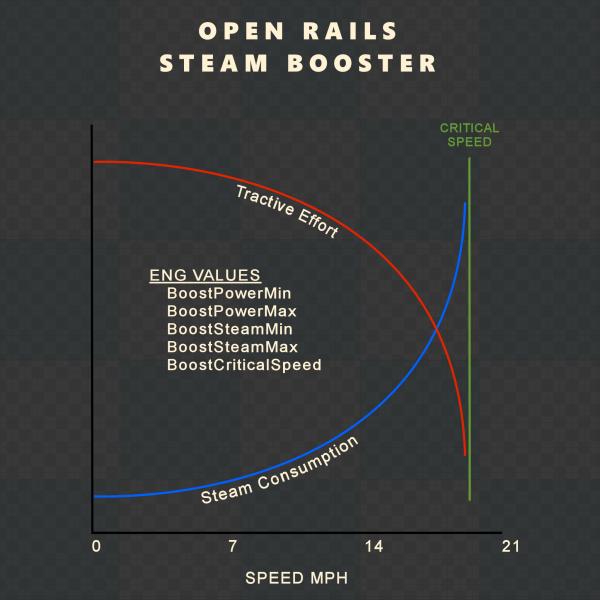
Franklin Booster:
https://upload.wikimedia.org/wikipedia/commons/thumb/6/6e/Franklin-Booster.jpg/1920px-Franklin-Booster.jpg
Working on a new candidate for a booster now - I have yet to model the actual booster.
B&M P4 4-6-2 Pacific
https://live.staticflickr.com/65535/52567235560_22eaedc84c_o.png
Here's the booster off the locomotive I'm modeling - being restored:
http://www.project3713.com/wp-content/uploads/2021/05/3713-Booster-Engine-B.jpg
Bethlehem Tender Booster Manual:
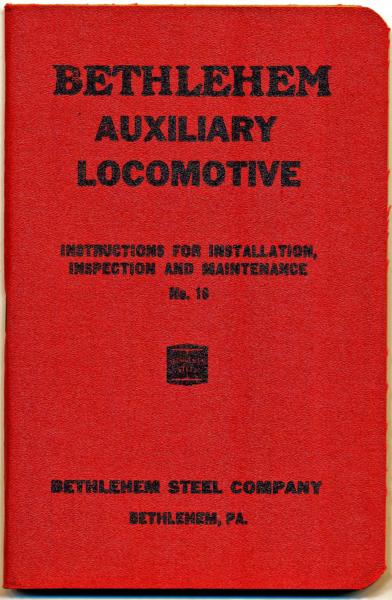
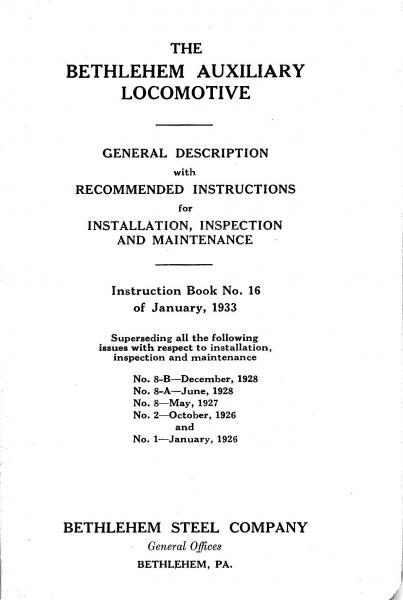
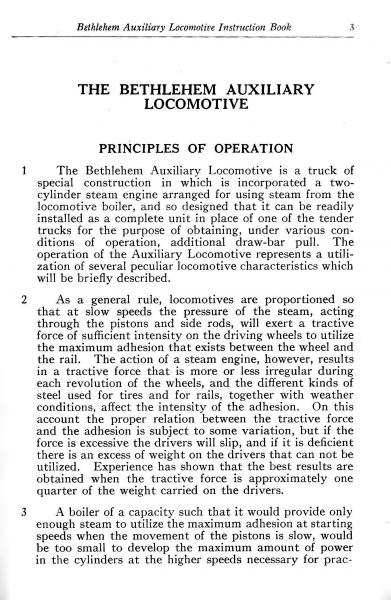
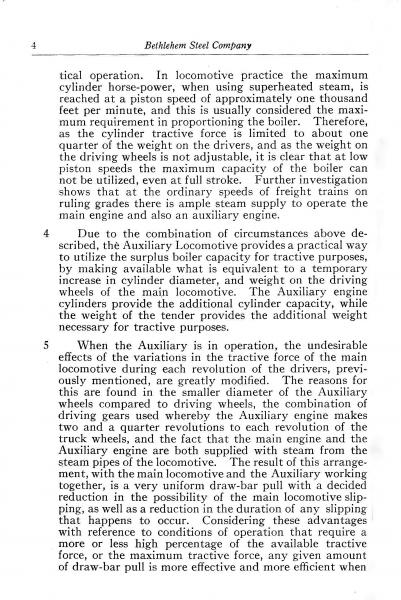
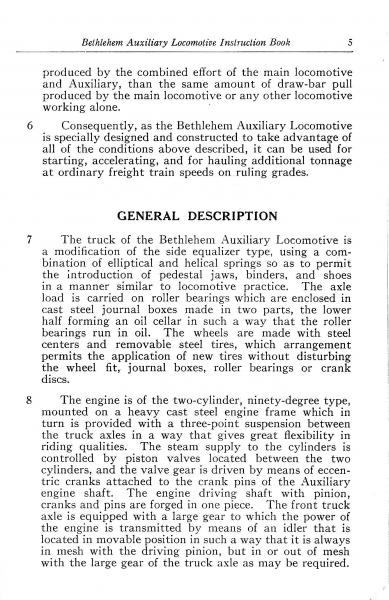
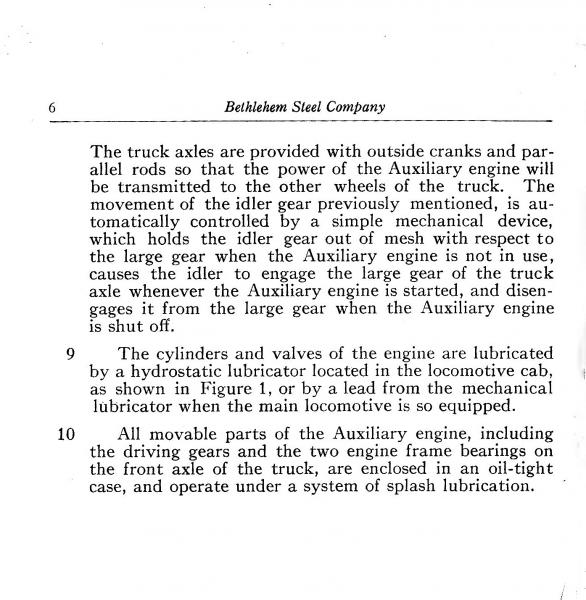
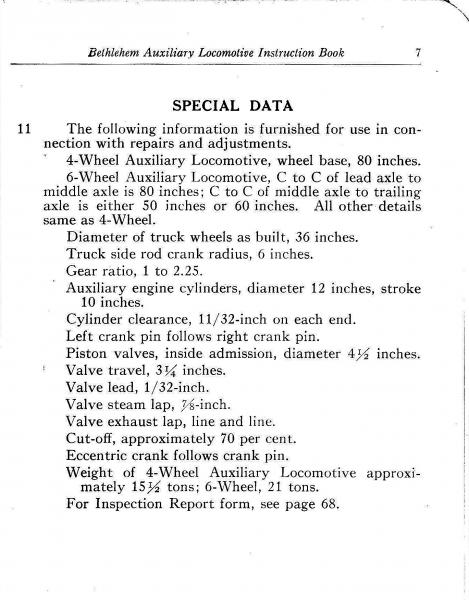
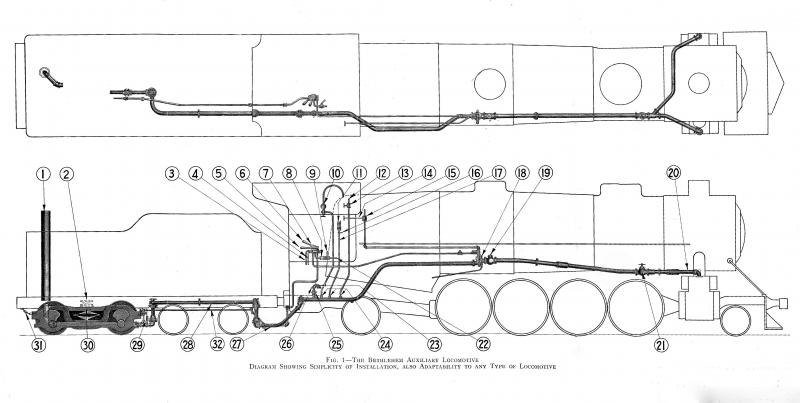
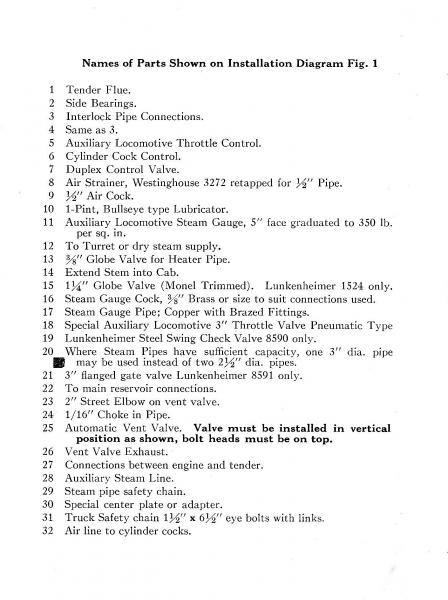
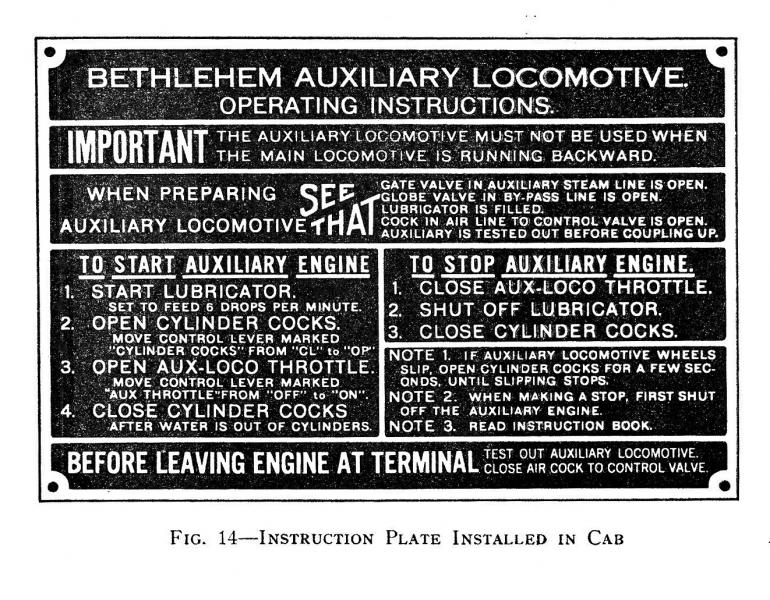
Regards,
Scott
#9

Posted 03 January 2023 - 10:20 AM
One more for you - Peter had posted this a few years back in a private conversation - the original site is very slow - uploaded to my Mega account for fast downloads - the definitive booster manual.
Steam Locomotive Booster Manual - PDF
https://mega.nz/file...w3GQoCXnvYPFhWk
It's from 1942 vs my excerpt above from 1933.
Regards,
Scott
#10

Posted 03 January 2023 - 09:24 PM
 scottb613, on 03 January 2023 - 03:27 AM, said:
scottb613, on 03 January 2023 - 03:27 AM, said:
 scottb613, on 03 January 2023 - 03:27 AM, said:
scottb613, on 03 January 2023 - 03:27 AM, said:
How did you work out the graph, what input data did you use?
Can you provide me with a full copy of the Bethlehem Instruction Manual (in pdf if possible)?
We appear to have three different manufacturers - Delta, Franklin, and Bethlehem. The Bethlehem model appears to be tender mounted, did it also go onto the locomotive in some instances?
Were each of the boosters manufactured as a complete bogie by the booster company or were they customised to individual locomotives? The Bethlehem unit appears to have 2 cyls - 12in dia, and 10in stroke. Did these dimensions vary, or were they a standard?
Observation - In effect, the booster appears to be a "standalone" steam engine, so consequently we now potentially have two engines on the one locomotive (similar to an articulated unit). This might be a bit of a coding challenge. It has been suggested to me that perhaps we could create a multiple engine arrangement (similar to the diesel) to accomplish this. (certainly will be a challenge for me).
So given that a normal steam engine has "two" controls, ie cutoff and throttle, does the booster operate the same.? Or does it have a fixed cutoff rate, and a variable throttle only?
I am sure that there maybe other questions, but this will do for a start.
This article might be of interest as well (I haven't read it yet).

 Log In
Log In Register Now!
Register Now! Help
Help






